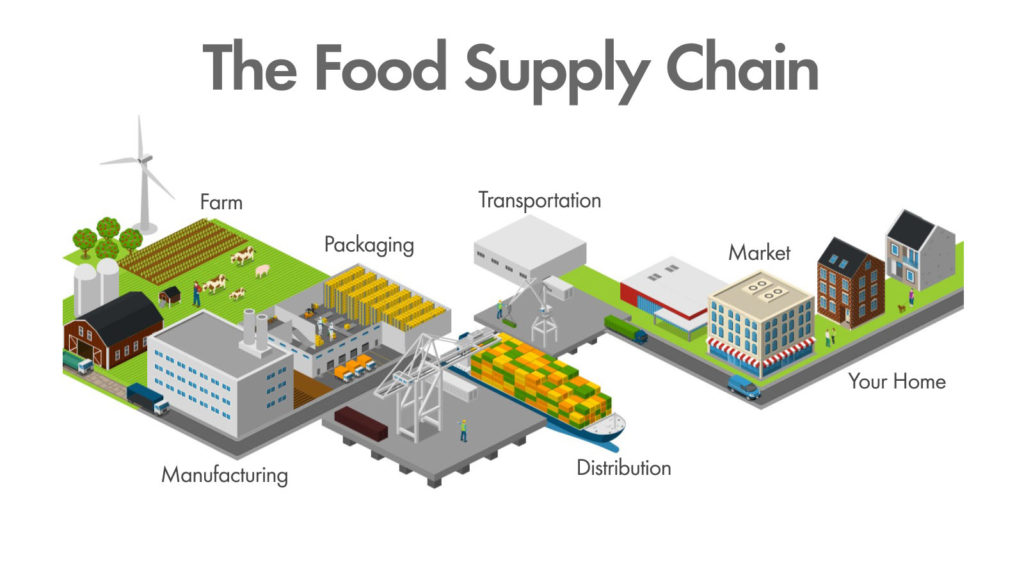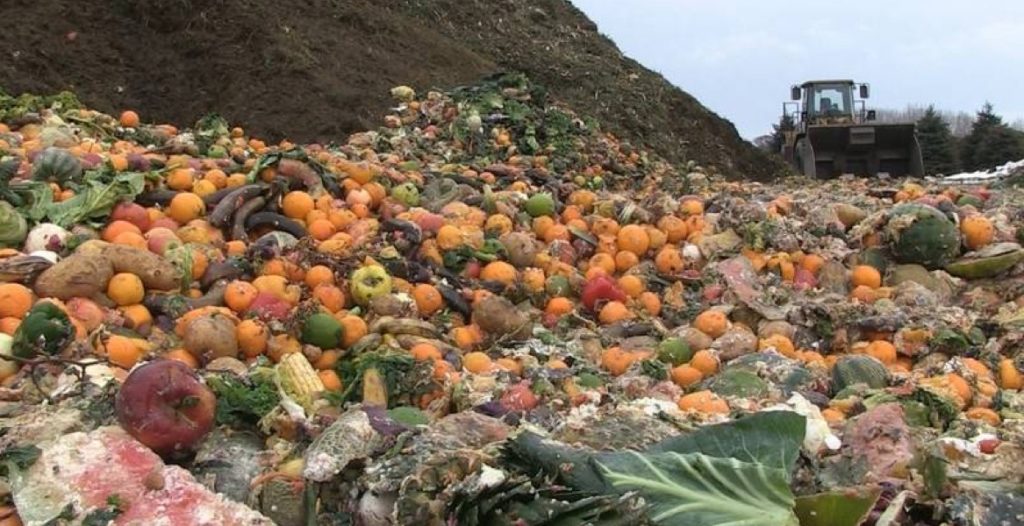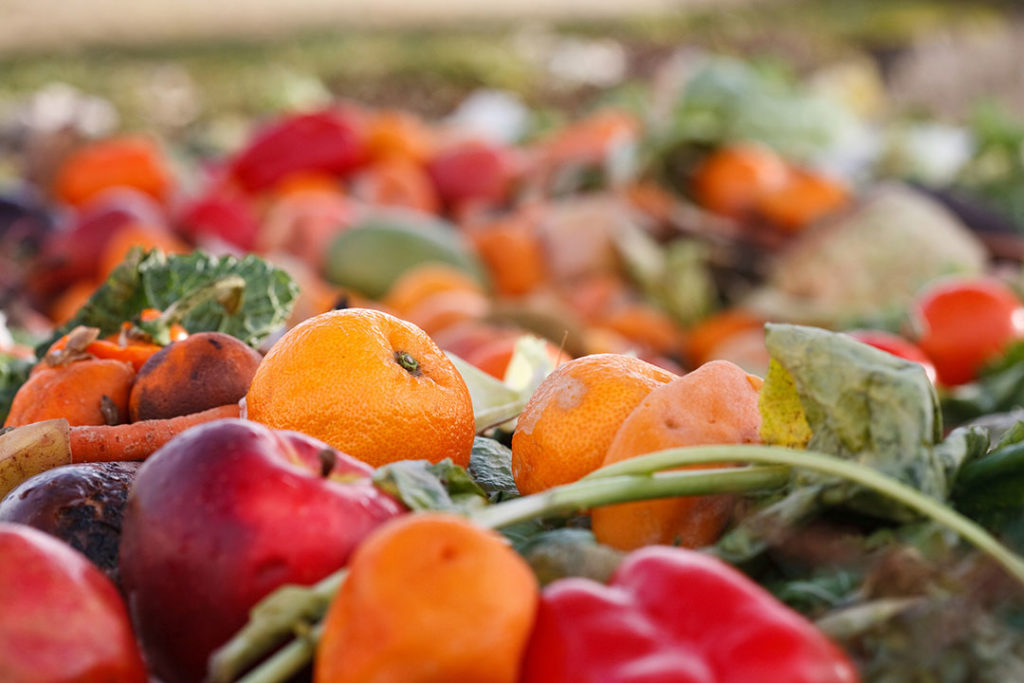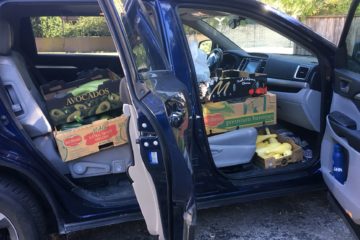Written by Maddy Hatch, Education & Curriculum Development Intern
You may have heard the term “food supply chain” before, but what does that actually mean? In general, the food supply chain refers to the systems and actors involved in getting food from the farm to your dinner table. This typically includes five stages: farming, processing, distributing, retailer, and consumer. Unfortunately, the inefficiencies in our food system create food waste at almost every step in the chain. Waste in the food supply chain negatively impacts food security, the economy, and the environment.
Waste created during the early stages of the supply chain (production, processing, or transportation) is technically termed “food loss.” Food loss is caused by limitations in the production process including poor storage facilities, infrastructure, or packaging (Rezaei & Liu 2017). Alternatively, “food waste” refers to the food that is thrown away by food retailers and consumers (Rezaei & Liu 2017). This food is often discarded because it does not meet quality standards for selling or is spoiled before it can be eaten. This may be due to insufficient stocking and storage by retailers or improper storage and meal planning by the consumer. Regardless of when the loss occurs, our food supply chain generates a significant amount of waste each year. Approximately 30% of all produced food in the United States is wasted (Christiansen 2021). More specifically, the USDA Economic Research Service estimates that 31% of this waste occurs at the retailer or consumer level while another 40% occurs further up in the supply chain (Houghton 2020).
Food waste is threatening to both food security and the economy. Food loss and waste may impact the availability of a certain food in the market, driving up the price (Christiansen 2021). This makes produce even less accessible for low-income individuals. In other cases, food quality may decrease to the point where it has to be sold at a lower cost or thrown away entirely, which directly impacts income for farmers (Rezaei & Liu 2017).
In addition to being a financial burden for both producer and consumer, food waste is a significant environmental concern. On top of the actual food being wasted, think of all the resources that went into each step of the supply chain. Fuel for transportation, energy for refrigeration and storage, maintaining warehouses, product packaging — all creating economic and environmental impacts for food that is ultimately wasted. A 2020 article reports that Americans waste about 80 billion pounds of food per year which translates to approximately $161 billion lost annually (Houghton 2020).
This being said, what can be done to reduce these massive amounts of wasted food? While consumers can adopt more sustainable grocery shopping and meal prepping habits, it is clear that significant supply chain reform is needed to make substantial change. One solution might be improving supply chain technology so that produce quality and freshness could be tracked throughout transportation and distribution (Houghton 2020). More efficient and effective tracking would clarify which parts of our food system are more likely to result in losses and most urgently need to be improved. Another solution might be shortening the food supply chain entirely by promoting and investing in local, regenerative, and more sustainable agriculture (Houghton 2020). In any case, reducing waste in the food supply chain will require a combined effort on multiple levels.
To receive tips and insight on how to reduce your own food waste as well as how you can advocate for greater systems-level change, stay up to date with our blog resources!
References
Christiansen, L. (2021, Feb 12). A guide to the food supply chain. Altametrics. https://altametrics.caom/en/food-supply-chain.html
Houghton, T. (2020, August 18). Reducing food waste across the supply chain: statistics and strategies. Center for Nutrition Studies. https://nutritionstudies.org/reducing-food-waste-across-the-supply-chain-statistics-strategies/
Rezaei, Maryam & Liu, Bin. (2017). Food loss and waste in the food supply chain. Nutfruit. Vol. 71. pp. 26-27.






0 Comments